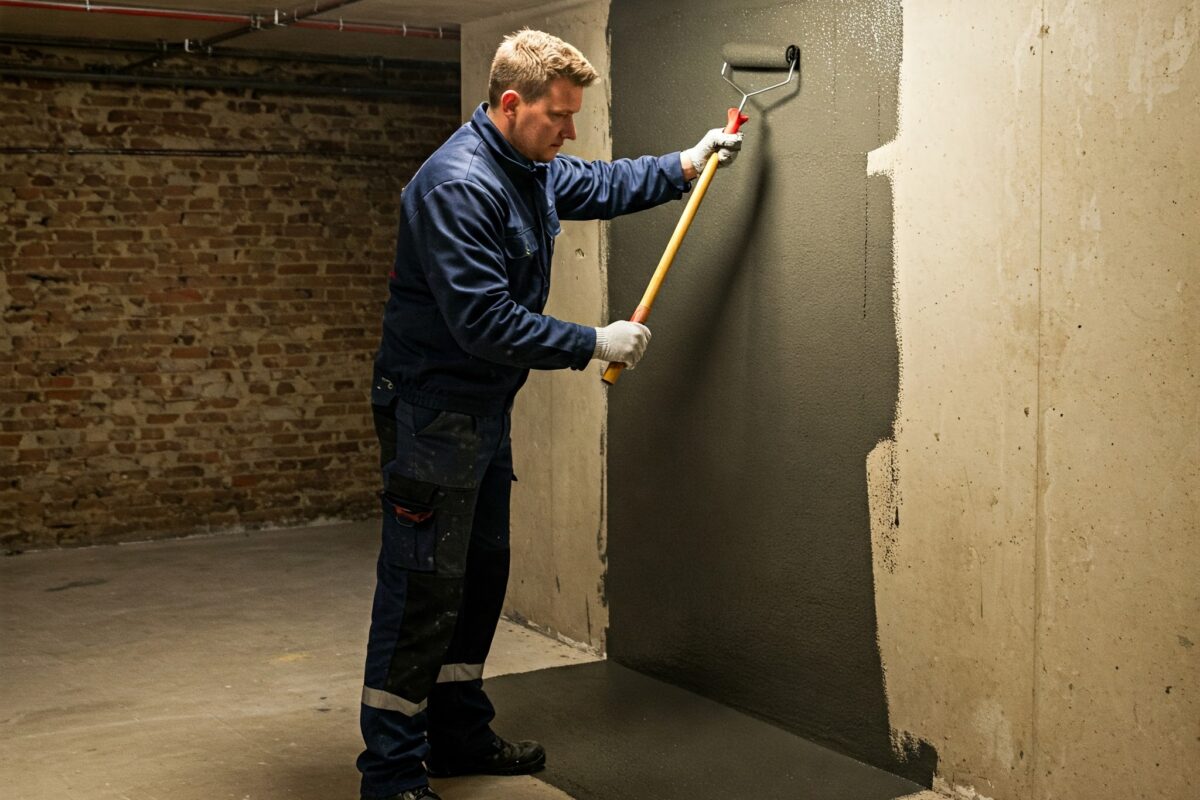Chicago’s unpredictable weather—especially the harsh winters and heavy rains—makes basement waterproofing an essential part of home maintenance. If you’re a homeowner, protecting your basement from water damage is crucial to prevent costly repairs down the line. Let’s break down why waterproofing is vital and the best ways to protect your basement.
Why Waterproofing Your Basement Is Crucial in Chicago
In Chicago, basements face unique challenges due to the city’s wet climate. During the winter, heavy snow can quickly melt, saturating the ground and pushing water towards your foundation. Additionally, summer thunderstorms often bring torrential rain, overwhelming drainage systems and increasing the risk of flooding. Without proper waterproofing, your basement can suffer from mold growth, foundation cracks, and moisture damage that weaken your home’s structure.
Key Waterproofing Methods for Chicago Homes
- Sump Pump Installation
A sump pump is essential for homes in areas prone to flooding. This system pumps out water that accumulates in your basement, especially during heavy rains or snowmelt. It’s one of the most reliable methods for keeping your basement dry. - Sealant and Vapor Barriers
Applying a waterproof sealant to your basement walls and floors helps create a barrier against moisture. For added protection, installing a vapor barrier prevents humidity from infiltrating the basement, keeping the space dry and reducing the risk of mold. - Exterior Waterproofing and Drainage Systems
Installing exterior drainage solutions like French drains directs water away from the foundation, preventing it from seeping into the basement. This method is ideal for preventing moisture from entering before it even reaches your basement walls.
Why Professional Waterproofing Is a Smart Investment
While DIY solutions can help with minor issues, professional waterproofing services are often the best choice for long-term protection. A certified contractor can assess your home’s specific needs, ensure proper installation, and address potential problem areas you may not be able to identify. With Chicago’s unpredictable weather, a professional waterproofing service offers peace of mind that your home will stay dry and secure through all seasons.

